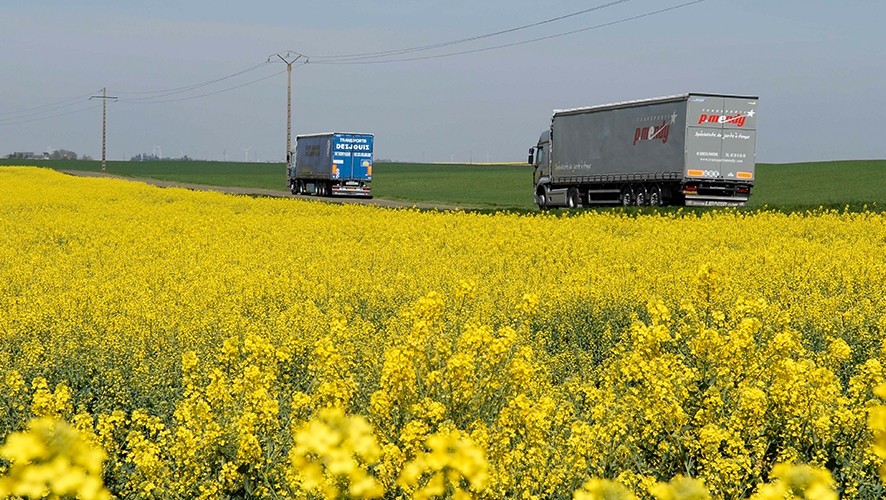1983-1993
Between integration of crushing facilities & growth of biofuels
1984
Takeover of four CNTA crushing facilities
Integration of crushing, seeds and edible oils for an efficient sector
In 1984, Sofiprotéol took over four CNTA crushing facilities. Located in Bordeaux, Dieppe, Chalon-sur-Saône and Chauny, they were essential facilities for building an effective sector.
At the same time, the Group increased its loans and investments. It invested both upstream and downstream, in seeds, storage agencies, crushing plants, animal nutrition, human food, oleochemistry, etc. These operations were designed to support growth in the sector and to procure added value for its products.
Lastly, Sofiprotéol invested for the first time in consumer products, by acquiring a majority stake in Oliprovence. In 1985, Oliprovence launched its first consumer brand, called “Jardin d’Orante”.
1987
First studies on obtaining biofuel from rapeseed
The gamble and growth of biofuels
Creating and validating a rapeseed-based biofuel
Biofuels, produced from plants, are a renewable source of energy which enjoyed renewed interest in France following the oil crises of the 1970s and the lack of outlets for rapeseed. In 1987, initial studies marked the start of the Diester® adventure. Through acquiring stakes in oleochemistry and creating specialized manufacturing plants, Sofiprotéol’s efforts were rewarded: experiments proved the viability of rapeseed ester and its environmental efficacy.
1993
Inauguration of the Diester® production facility
1993: Successful launch of the Diester® brand
The institutional context also became favorable. In 1991, the European Union supported non-food uses of agricultural products, and in 1992 the French authorities permitted the incorporation of biofuels up to 5% and up to 30% for captive fleets. Finally, in 1993, Jacques Delors, President of the European Commission, officially opened Sofiprotéol’s Diester® production site in Compiègne.
Fallow land used to grow more rapeseed
With the CAP reforms of 1992, fallow land was now set aside to restrict surplus production. Sofiprotéol argued that some fallow land could be used to grow plants for non-food uses, and particularly rapeseed to make biofuels. The authorities supported the project in the name of environmental efficiency.
Sofiprotéol thus opened a major rapeseed and sunflower crushing facility in Grand-Couronne, near Rouen. With a production capacity of 360,000 tons, the site also supplied the new Diester® plant set up by Sofiprotéol in the same location.

